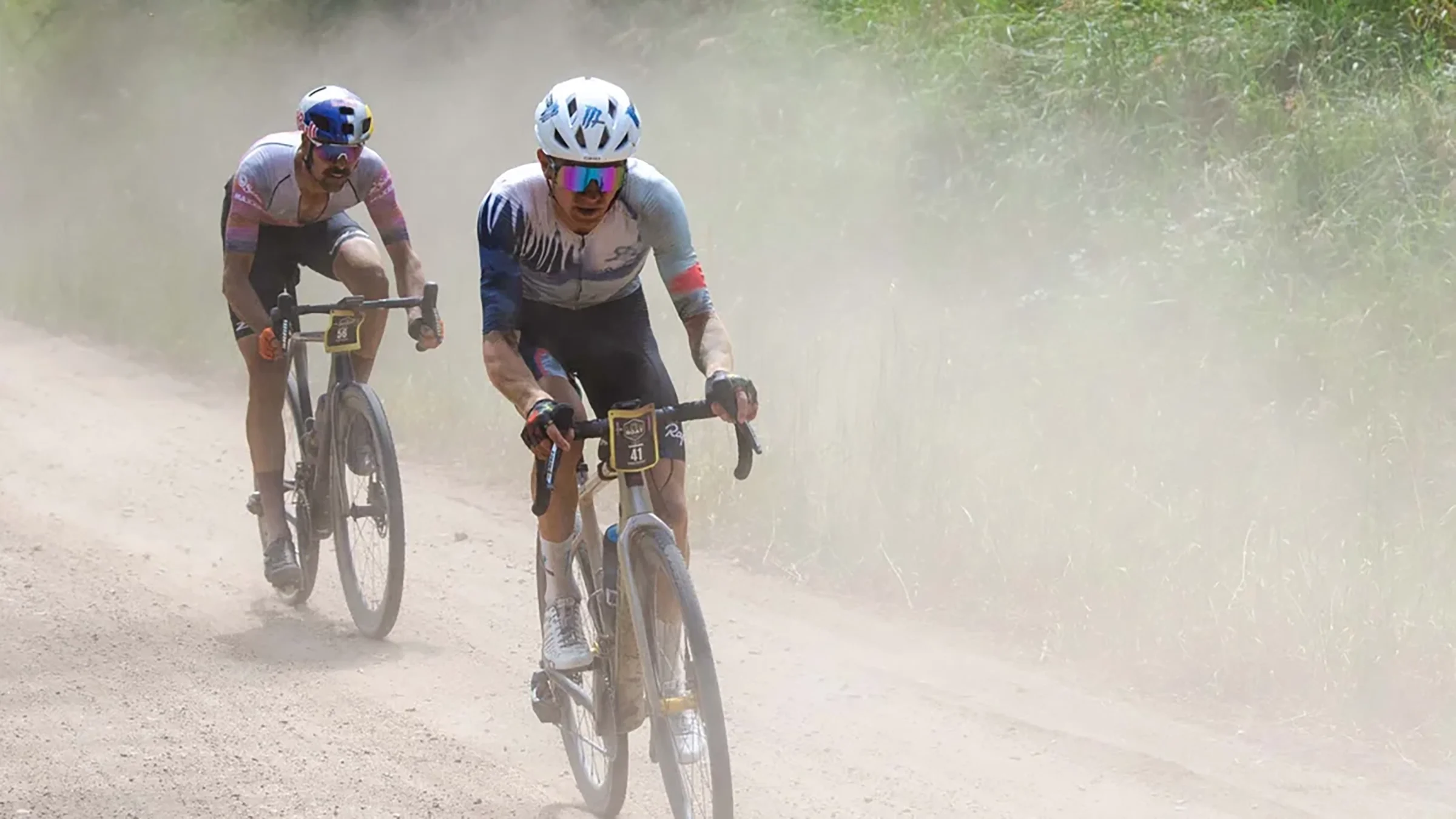The best male graver in the U.S. is headed to the biggest one-day race for professional road cyclists.
heads to the in Wollongong, Australia this week as one of the most anticipated riders to watch in the men’s road race.
Swenson was a surprise call-up for Team USA to participate in the road race, even though he has been a dominant presence in the off-road scene this year. This year alone he has won the Sea Otter Classic mountain-bike race, Utah’s Crusher in the Tushar gravel event, as well as the U.S. national cross-country mountain-bike championships.
He was also a close second at Unbound Gravel, which he lost in a sprint to Dutch road cyclist Ivar Slik. In August, Swenson won the Leadville Trail 100 MTB and the 145-mile SBT GRVL events on back-to-back days.
USA Cycling, the sport’s national governing body, has never chosen a rider to represent the country at the UCI world road cycling championships based on his or her success in off-road events like gravel and mountain biking. Historically, the organization has chosen athletes for the road world championships based on their results from pro road races. Brendan Quirk, USA Cycling’s CEO, told VeloNews that a combination of scheduling problems and injuries to other American road racers opened the door for Swenson to join the team. Coaches with USA Cycling studied Swenson’s power data and decided to extend an invitation to him.
“We know he has a WorldTour engine, we know he’s not intimidated by anything or anyone. And we know that the most incredible phenomenon going on in road right now is crossover riders diving in from other disciplines,” Quirk said. “This is an amazing opportunity for Keegan to show how talented he really is.”
Swenson, 28, believes he has the legs and lungs to succeed in the 165-mile road race, held this coming Sunday, September 25. Swenson says it’s confirmation that the level of competition in the U.S. gravel scene is the best of any discipline in the country right now.
“There’s more talent in gravel right now and numbers with Strava are pretty transparent. Everyone can see what we’re doing and see that the numbers we’re doing aren’t that far off what they’re doing in the WorldTour,” Swenson said. “They can see if a rider has the motor, so it’s just about whether they can do it on the road as well.”
Also read:
Indeed, the depth in gravel has grown massively in the last few years, with European road riders and high-profile domestic riders raising the standards of competition. Racing infrastructure and organization have also come on leaps and bounds, and in many ways, Swenson personifies the importance of gravel and off-road racing when it comes to finding talent and transferring it to the road.
“It’s super cool how in the U.S. the gravel scene has really developed in the last couple of years. I think, right now, it’s the most competitive form of racing in North America,” he said.
“There are cross country races that are pretty big but in general I think that the gravel races have deeper talent and the demands of gravel racing is similar to road racing. Steamboat was more or less a road race with a fair bit of gravel. I raced small tires and it was bunch racing, so I think that simulates close to road racing, and there’s not a huge amount of racing in the U.S. right now.”
Road racing in the U.S. has taken a significant hit in recent years. Major events like the Amgen Tour of California, Tour of Utah, and Colorado Classic have disappeared from the calendar, and professional road teams have folded, leaving just a small crop of stage races, the Maryland Cycling Classic and a criterium scene.
Meanwhile, gravel cycling has surged in popularity, and it has attracted top riders from road cycling and mountain biking as well. USA Cycling has begun to take notice, even thought many of the gravel events are not sanctioned by the governing body.
Swenson’s experience in pro road cycling is limited, and Arizona’s Valley of the Sun road race as the biggest road event he’s participated in. The road race at worlds will signify a huge step up in terms of quality, but it’s the tactical and positional sides where Swenson sees his biggest areas of improvement.
“I think it would be just racing in the bunch. We do that in gravel but we’re more spaced out. It would just be about getting used to that. In the mountain bike starts we’re packed in tight so I’m used to being in bunches. It would be just a matter of getting used to a different sort of bunch. I have the skills to figure it out pretty quick. On the road bike I can descend fast and I can corner well. It would be about learning to read the bunch, when to move up and those nuances that are really important in road racing,” he said.
It’s still unclear what success would look like for Swenson regarding racing worlds. Neilson Powless is likely to lead the line for the men’s team after finishing fifth last year, while Magnus Sheffield will be hoping to make up for his crash in the individual time trial.
“At worlds I’d love to try and get in a breakaway and see how long that lasts. If I can finish in the lead bunch, that would be great. USAC would be extremely happy with that too and while I don’t have the tactics or maybe the punch to be with the lead guys, just making it over the climbs would be great,” he added.


